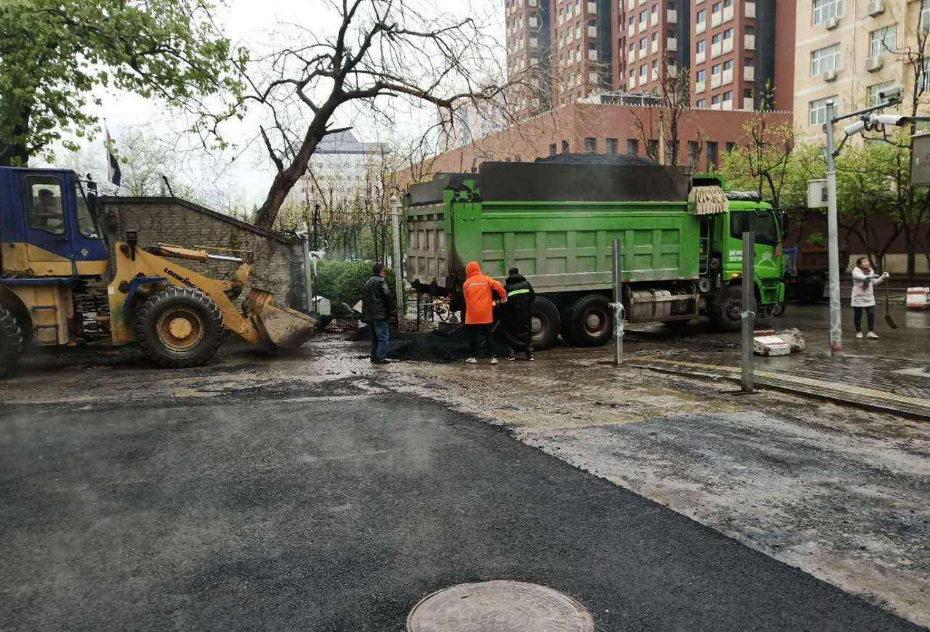

For geothermal regeneration construction, a comprehensive regeneration and resurfacing unit is used to continuously realize the process schemes such as heating, harrowing, addition of regenerant, heating mixing and paving. The scheme requires that the damage of highway surface layer is light, the connecting layer and foundation layer are intact, and the crack area is less than 40% Geothermal regeneration is characterized by short construction period, small traffic interference, small transportation volume and good environmental protection, but the equipment system is complex, high technical level requirements and large investment. The process flexibility is poor, and the existing paving equipment and technology cannot be used.

Plant mixing recycling is to transport the milled old asphalt pavement materials to the mixing plant. After crushing and screening, some or all of the old materials are used according to different old materials and the requirements of renovated roads. After heating and mixing, they are transported to the construction site for paving and rolling. Plant mixing regeneration is divided into continuous type and intermittent type.
The plant mixing regeneration process and quality are easy to control. It can regenerate different old materials. It is suitable for the regeneration of a variety of materials. The construction cycle is long, the traffic interference is large, and the transportation cost is large. However, the existing construction equipment can be used, the investment is small, and it is easy to start the project.
Address : No. 1001 Longxiang Industrial Park, Weidu District,XuChang,HeNan, China
Tel : 4000-676-878
Code : 461000
Email : sales@sinoroader.com
Wechat : Sinosun
WhatsApp :+86 18224529750



